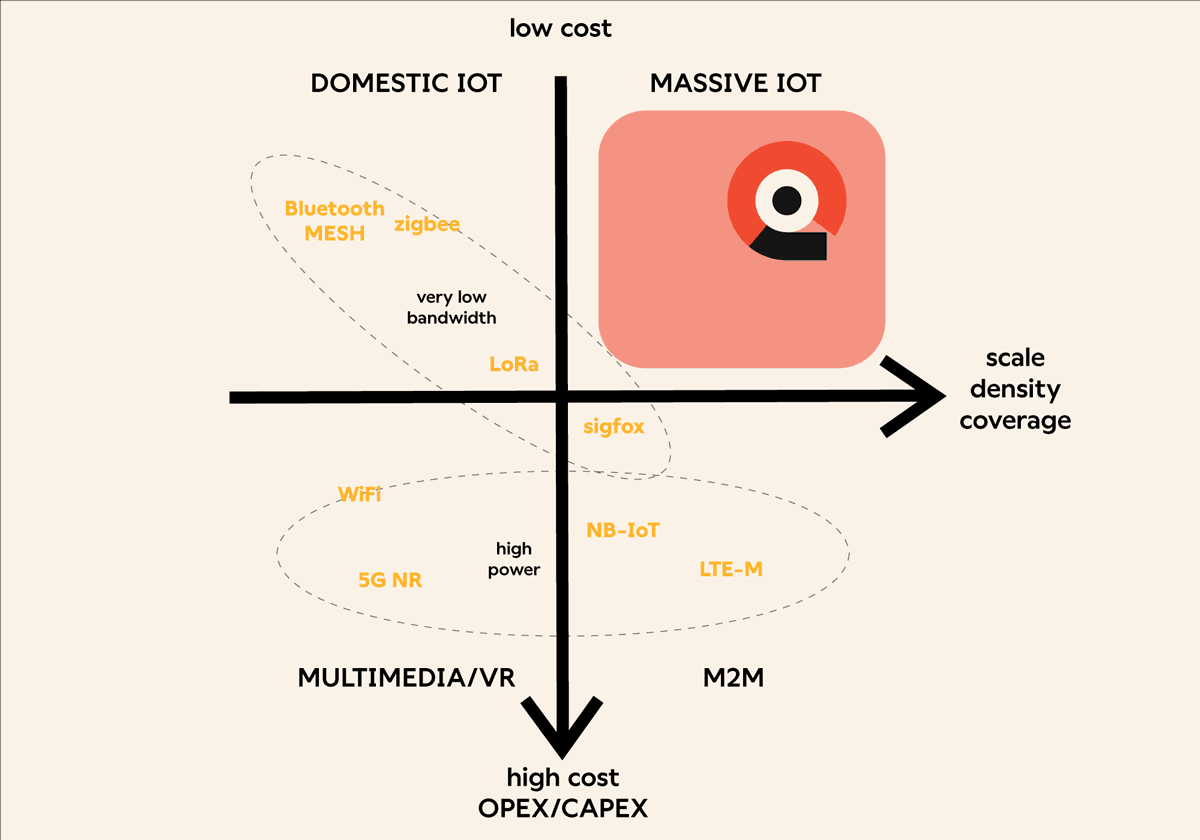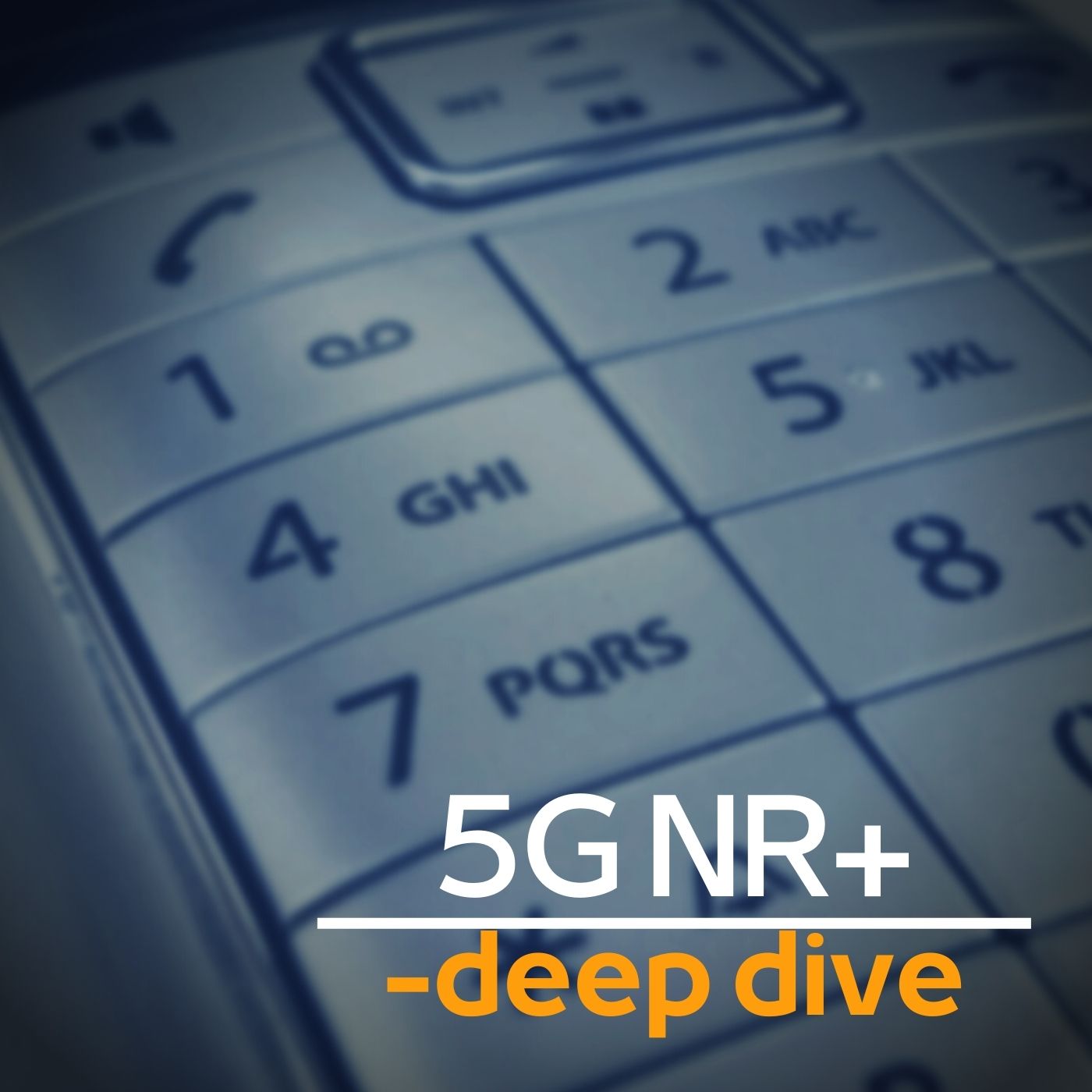If you’ve experienced landline telephony, you know those phone jackets on the wall; you’ve probably experienced cordless phones with DECT technology. So what does this technology have to do with 5G? In late 2021 a group managed to qualify a 5G standard, DECT NR+ 5G, as part of 5G. It is also based on non-cellular topology, meaning no base stations are needed.
NR+ with roots in DECT
 The idea of developing a new 5G standard to replace the increasingly endangered DECT phones is ingenious. By far, the biggest challenge new standards face is spectrum scarcity. Spectrum takes 10s of years to free up and is decided by the UN body International Telecommunication Union’s Radiocommunication Sector (ITU-R). So imagine what a bonus to have spectrum available that is ready for a global market. A spectrum that many do not use is a strong candidate to be filled with new technologies.
The idea of developing a new 5G standard to replace the increasingly endangered DECT phones is ingenious. By far, the biggest challenge new standards face is spectrum scarcity. Spectrum takes 10s of years to free up and is decided by the UN body International Telecommunication Union’s Radiocommunication Sector (ITU-R). So imagine what a bonus to have spectrum available that is ready for a global market. A spectrum that many do not use is a strong candidate to be filled with new technologies.
Finnish Wirepas has been instrumental in the process. -When I started at Wirepas a few years ago, I had one question: how to solve the technical lock-in that exists in most spectrum globally? Wirepas had great technology, so what spectrum could we access with it and how? And within which spectrum can anyone set up a wireless service,” says Jussi Numminen, Head of RF at Wirepas.
Non-cellular 5G standard
Even if you and I haven’t held a DECT phone for many years, a group still stands behind DECT technology and manages its interests called the DECT Forum. To summarise what they have managed to push through as a new standard, DECT NR+ 5G is a technology that can safely transmit data over shorter distances in a free frequency band.
No infrastructure needed
The approach was to democratise Internet of Things (IoT) networks in industrial segments such as manufacturing, warehouse management, energy and real estate. The standard was designed and optimised with these values to create a network accessible to all at low cost, low power, and decentralised operation, which offers opportunities for new applications in several sectors.
Therefore, the technology is completely “non-cellular” and does not require a base station or mobile network. It does not rely on infrastructures such as base stations or mobile masts. Instead, DECT NR+ 5G is built to be decentralised. It is based on MESH technology. It should operate autonomously without a fixed network. It should meet the need for massive IoT for businesses that want to communicate with machines at scale.
The network topology is different
NR+ can be used in both mesh and star type networks. Devices dynamically associate with each other, they can dynamically change their role as a routing device, and they can create both very dense and large networks all by themselves. Each node can be an access point connected to the Internet (called “sink nodes”). The common nodes are called “leaf nodes”.
Each node can also be a relay node that sends traffic from a leaf node through as many router relay nodes as needed to reach the sink node. All of this happens automatically in the network. This is a fully self-organising and self-healing network with good reliability. The idea is that no single node will sink the network if it gives up because traffic is automatically redirected.

Free frequency
This technology is for building private radio networks on a free channel for shorter distances. Thanks to ample spectrum and the fact that channels are available worldwide, it can have an immediate impact. The concept of the free spectrum does not mean that you can do whatever you want on the spectrum, but you have to follow the regulations set for the band. 5G NR+ has the latest technology for coexistence with other radio transmitters, allowing efficient coordination of the use of the radio spectrum.
“The standard has built-in capabilities to expand communication possibilities in the future for increasing communication requirements, both in terms of new frequency bands and network densities,” says Wirepas CEO Teppo Hemiä.
NR+ – for whom?
NR+ aims to capture industrial applications requiring either many connections or low latency or a combination of these. DECT Forum believes it covers a gap. Today, there is no reliable and affordable solution, even though there is a strong need for this combination. Indeed, there are non 5G technologies that aspire to this, such as LoRaWAN or dormant Sigfox. Still, these do not offer reliable availability, and they certainly do not provide low latency.
For which frequency band?
If you are slightly familiar with the old DECT technology, you will know that it is the 1.9 GHz band used, while the NR+ standard covers 17 bands in the frequency band up to 6 GHz. The 1.9 GHz band provides access to a dedicated global frequency band and a radio environment with limited interference from other users and excellent possibilities to manage this potential interference.
The big challenge
Getting a new standard up and running was a significant challenge. The technology development within ETSI TC DECT has been amazing. The companies and individuals involved shared the vision of providing a new and highly competitive technology for future IoT applications. It took us more than two years and many meetings to get through the process,” says Jussi Numminen.
It’s fascinating when the landscape changes for the better. NR+ is a highly appealing technology for IoT. It’s a short-range technology that, unlike LoRaWAN, has found its place in large-scale short-range communications for dedicated, isolated radio networks. As the technology is not limited to a certain area, there is a good chance that it will have an enormous impact.

